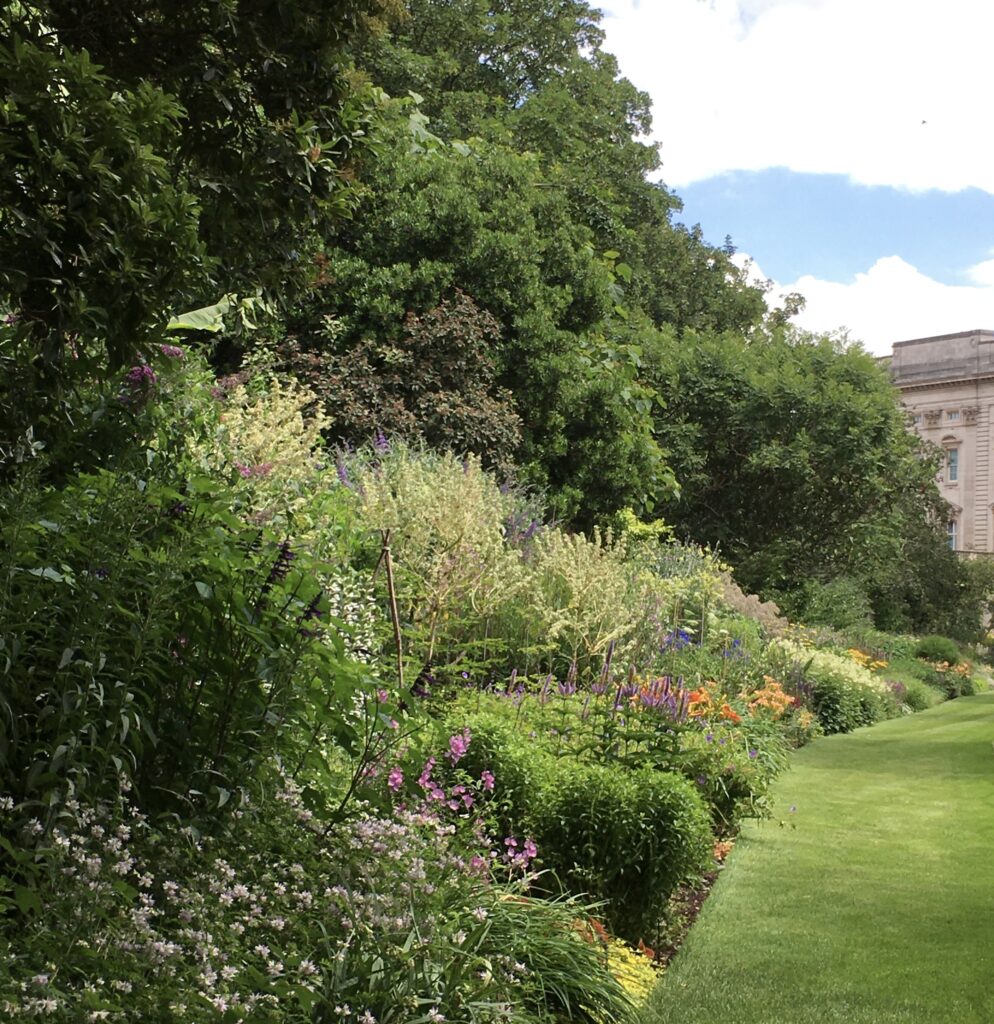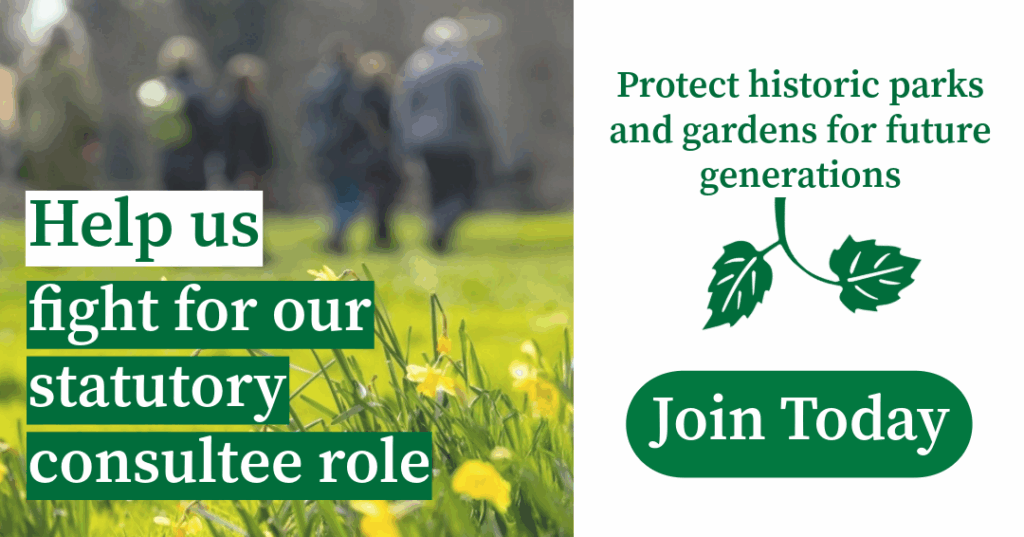As we join with the nation in mourning the loss of Her Majesty Queen Elizabeth II, we have reflected on the monarch’s stewardship of some of the most treasured and significant royal gardens and landscapes. These include the official royal residences of Buckingham Palace and Windsor Castle, and the royal family’s private estates at Sandringham and Balmoral, where the Queen died on 8 September.
Caring for royal historic landscapes
The management of these estates has to preserve both the historical significance and environmental benefit of their landscapes, while also providing privacy and security for the royal family. Like Prince Albert before him, the Queen’s husband the Duke of Edinburgh took a particular interest in the gardens and landscapes of the royal estates.
Buckingham Palace Gardens
Buckingham Palace, the official London residence and working headquarters of the British monarchy, has a 39-acre garden which is often used for official entertaining, such as the Queen’s garden parties. The planting of the 156m-long herbaceous border was carefully planned so that whenever the Queen was in residence there would be something of interest for her to see from her desk or enjoy when she walked in the gardens with her much-loved dogs. The garden also features a lake, rose garden and wisteria-clad summerhouse. The informal areas of the garden are managed to encourage wildlife and be environmentally sustainable. Buckingham Palace gardens support over 325 wild plants and more than 1,000 trees. This concern for the environment is reflected in the Queen’s Green Canopy initiative, now extended to March 2023, which encourages people to plant trees to mark the Queen’s Platinum Jubilee in 2022.

Windsor Castle
During her later years, the Queen spent much of her time at Windsor Castle where the 5,000-acre park was once part of a vast Norman hunting forest that was enclosed in the late 13th century. Windsor Great Park now encompasses the Savill Garden, Valley Gardens, Virginia Water, a deer park and the Long Walk, a 2.6-mile tree-lined avenue created during the reign of Charles II. Immediately around the Castle are formal terraced gardens. The East Terrace Garden was created by Jeffry Wyatville in the 1820s to provide a beautiful outlook for the new suite of rooms on the east front of the Castle. The Duke of Edinburgh re-planned the flowerbeds, which now contain around 3,500 rose bushes. He also oversaw the creation of a more private, informal garden to the south of the Castle.
Sandringham
Sandringham was the Queen’s much-loved private county retreat, and is where the royal family traditionally spend Christmas. The estate in Norfolk has 600 acres of parkland and 60 acres of gardens. The gardens have wide lawns surrounded by flower beds, densely planted woodland walks, and many rare trees. A collection of Rhododendron, Camellia and Magnolia trees were brought up from Windsor to create more interest, shelter and privacy in the garden. In 1947 Sir Geoffrey Jellicoe designed the formal enclosed parts of the garden in a cottage garden style. Parts of the garden are managed in a more naturalistic style to encourage wildlife, with meadows and an ornamental stream with moisture-loving plants.
Balmoral Castle
Every summer the Queen spent time at Balmoral, 50 miles west of Aberdeen in Scotland. The castle has been a private royal residence since 1852, when the estate was bought by Prince Albert. It is a working estate, with grouse moors, forestry and farmland, as well as managed herds of deer, Highland cattle and ponies. The Duke of Edinburgh took an active role in managing the estate, and created a large vegetable garden, a flowered paved walk along the terrace on the North side of the Castle, a water garden to the south west and a plantation of oaks.
Royal landscape legacy
Their son, now King Charles III, clearly shares his father’s interest in gardens, landscapes and the environment. He has been a long-term champion of organic farming and his own gardens at Highgrove, Gloucestershire, were planned on sustainable and wildlife-friendly features, such as a wildflower meadow, long before this became fashionable. This augurs well not just for the future of the royal gardens and estates, but for the King to provide an inspiring lead in caring for our historic landscapes and tackling the challenges of climate change.



